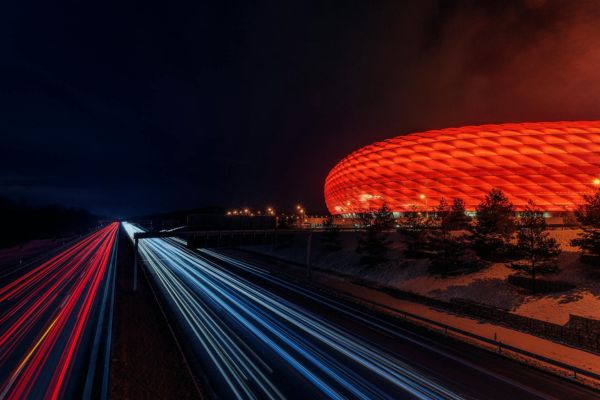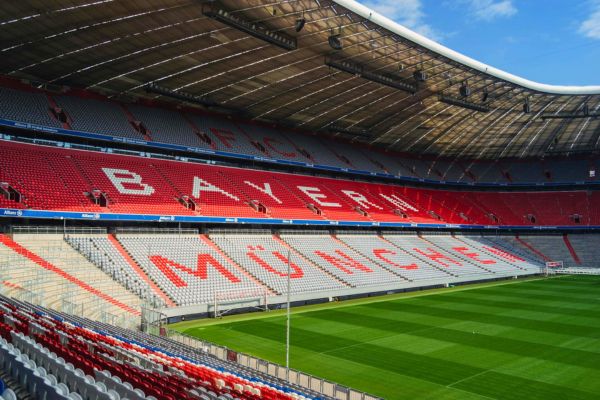"Aurweideezeizn Schlauchboot!" Matias shouts, a wide grin plastered across his face, slamming a heavy stein of beer onto the wooden table. The sound reverberates through the Bavarian beer hall, as Matias, visibly tipsy from too many lagers, pats his friend—slouched on a stool—heavily on the back.
Sitting on the stool, head resting on his arms on the table, is Jurgen, a man in his 30s, also dressed in traditional lederhosen and a hat, with a thick beard. The weight and clank of the beer mug doesn’t seem to faze him. Slowly, he lifts his head, bleary-eyed, and cracks a smile. “You’ll miss our Schlauchboot, my friend,” he says, his voice a blend of affection and rivalry.
The two men, old friends who’ve shared many Oktoberfests, are more than just drinking buddies. They’ve got a long-standing football rivalry—Jurgen is a staunch Bayern Munich fan, while Matias is a loyal supporter of the underdog, 1860 Munich.
It’s 2017, and the joke they share is rooted in a piece of football history dating back to 2005, when their teams shared a stadium.
The Schlauchboot Nickname and a Shared History

The Schlauchboot—literally meaning "inflatable boat" in German—was a nickname given to Munich's Allianz Arena, a stadium with a uniquely striking, rounded design that resembled a giant raft. For over a decade, it was home to both Bayern Munich and 1860 Munich. But in 2017, that all changed.
From 2005 to 2017, both teams played at the Allianz Arena, a state-of-the-art facility with an exterior that could light up in a stunning array of colors—red for Bayern, blue for 1860, and white for Germany’s national team. The arena became a local landmark, symbolizing modern football architecture. However, in 2017, Bayern Munich ended their shared arrangement with 1860 Munich, becoming the sole tenant of the stadium.
Matias’ playful shout of “Aurweideezeizn Schlauchboot” was a nod to the rivalry and the departure of 1860 from the Allianz Arena. Not many clubs share stadiums, and most cherish their own turf. 1860 Munich moved to Grünwalder Stadion, while Bayern continued to create memories at the Schlauchboot.
A Stadium with Personality

Over time, the Allianz Arena became more than just a football stadium. It embodied Munich’s innovative spirit and its footballing pride. Whether you’re a Bayern Munich fan or an admirer of modern architecture, the stadium's design and story make it a unique landmark.
For Matias and Jurgen, the Allianz Arena isn’t just a place of football rivalry; it’s a symbol of their shared history—one filled with both rivalry and friendship.
In 2017, when the two returned to Oktoberfest, it wasn’t just to enjoy Bavarian beer, but to reflect on the end of an era for their beloved teams at the Schlauchboot. Matias’ joke about the Schlauchboot is a playful reminder of the years and memories made at Munich’s most iconic footballing venue.
Check out our page on the Allianz Arena in our Legendary Stadiums section to dive deeper into the history of the Schlauchboot and its place in footballing lore.
